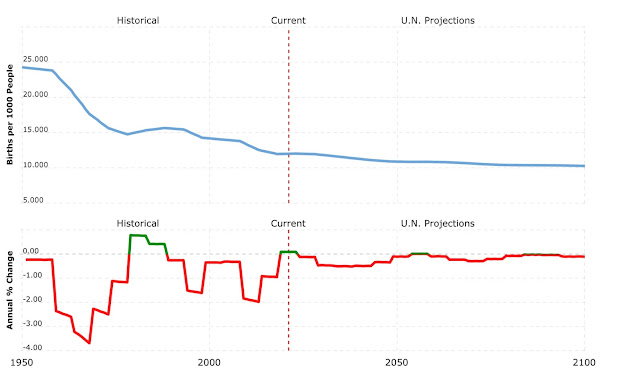It appears every supply chain I know of is in the middle of a big transformation. In many cases people misread the COVID Pandemic surge as a "new normal" and many invested heavily only to be shown that the idea of mean reversion is serious business. This is affecting even big and very sophisticated supply chains. Today we learned The Home Depot is even relooking at the supply chain efforts started during the COVID period (H/T: Supply Chain Dive).
With great fanfare, just a few short years ago, Home Depot talked about the investment of $1.2 billion to create the "One Supply Chain". Today we learned they are now embarking on a $500M cost reduction in their supply chain as sales "return to normal". This is happening all over as we discussed previously (Amazon adjusts) and is not unique to Home Depot. So, what are these transformations is missing? How do we whipsaw so quickly? Again, this is pervasive across many companies so I think it is worth thinking about. I have a few ideas.
- Strategy Duration: Many companies confuse tactics with strategy. Many companies also confuse short term "flash in the pan" with true change. I have always discussed the idea of mean reversion and have also used the statement "if something is too good to continue, it likely will not". Did anyone think the growth rates of 2020/2021 could continue indefinitely? So, strategically, should anyone have set up their long term capital investment and strategies around a growth rate that mathematically just could not continue? Lesson One: Strategy has to survive at least 5 years otherwise it is a tactic.
- Market First: Supply chain leaders and supply chains can sometimes get caught up in the science of running a supply chain but the leaders forget that all strategy has to start with the market then work its way back into the operations. I discussed this in my blog post titled: Go To Market Strategy Before Supply Chain Strategy
- Scenario Planning: Many leaders forget this incredible necessary and powerful competency. As I wrote in my blog post: Scenario Planning - Face it, You are WRONG, predicting the future is a very difficult and dangerous business. In fact, I would say it is futile. However, what you can do is predict multiple futures and assign probabilities to each "future". You then can plan for it and also identify the key factors that you will monitor to determine which "future" is going to happen. The goal is to maintain optionality as long as you can. Don't commit until you absolutely have to.
- Change Management: Likely the most important part of any supply chain transformation is the idea of change management. You have to communicate, communicate and communicate along with doing the hard work of bringing people along with the transformation.
“Yes, excessive automation at Tesla was a mistake. To be precise, my mistake. Humans are underrated,”
Strategy is hard work and it takes a lot of thinking. Humans are inclined to want activity and generally they do not believe thinking is an activity. But, it is the most important activity you can do in a transformation.
The Who makes a return appearance in "Won't Get Fooled Again" (or, maybe we will):








